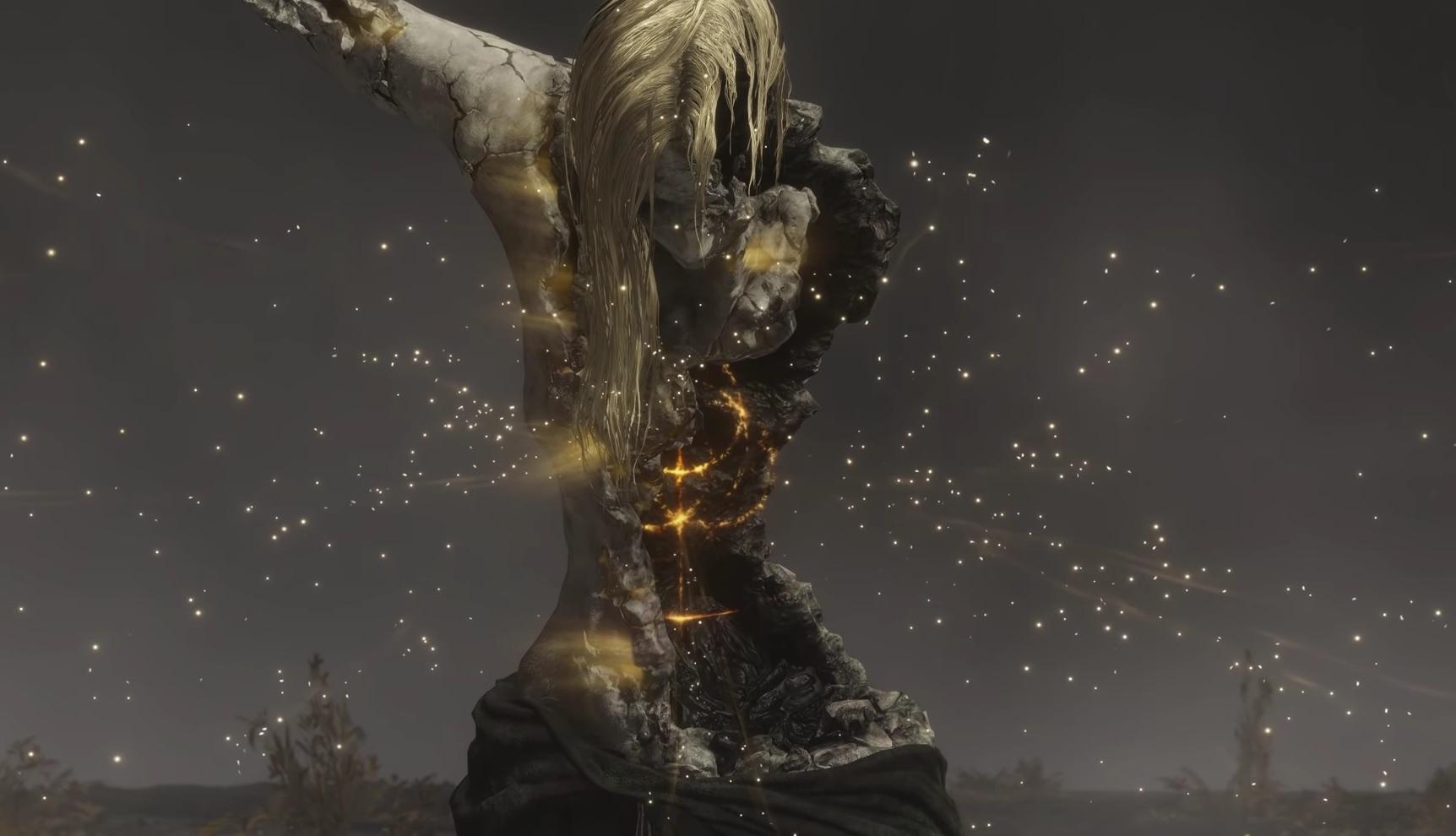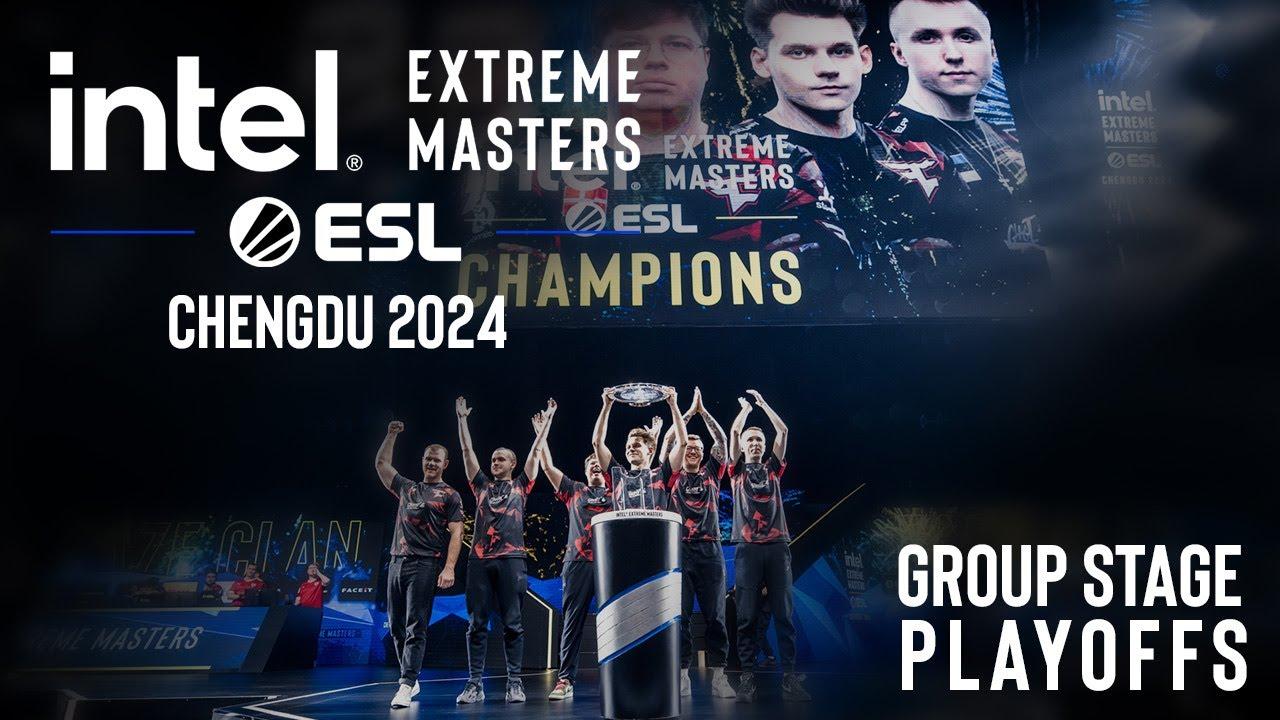
Here’s the meaning of each Elden Ring ending, and which is good
FromSoftware games typically have vague or confusing endings, and the latest one is no different. So what is the meaning behind each Elden Ring ending?
As of this writing, there are six endings available to players in Elden Ring. Four of these endings are basically identical from an aesthetic perspective, but carry very different implications from a lore perspective. Alongside these are two other endings that play out quite differently.
For those who aren’t thoroughly studied up on Elden Ring lore, each ending’s meaning might be tough to grasp. Even for those who do know the story, it might be hard to differentiate between the four different endings that largely feature the same imagery.
Here’s the meaning behind each Elden Ring ending and what it means for the future of the Lands Between.
The Age of Fracture is the default ending to Elden Ring, here is its meaning
The default ending to Elden Ring is the Age of Fracture, which has the most straightforward meaning. The Tarnished repairs the Elden Ring and becomes the Elden Lord. This puts the world in a position to be rebuilt in the form it was in before the Shattering.
Whether this constitutes a “good” or a “bad” ending is open to interpretation. If Dark Souls taught players anything, it’s that extending a historical period past its prime doesn’t typically work out. There are other iterations of this ending that may be better.
Dung Eater, Goldmask, and Fia the Deathbed Companion all have different wrinkles to this ending that put the Lands Between on a different path.

The Dung Eater “Blessing of Despair” ending
In some ways, this is Elden Ring’s definitive “bad ending” since it stems from the raving serial killer Dung Eater. There is a bit more nuance to this, however.
This ending implies that future inhabitants of the Lands Between will be removed from Grace and become Omens like Margit and Morgott. Though fans have a rocky relationship with the two bosses, Omens are brutally repressed within the Lands Between. The Dung Eater ending to Elden Ring results in the curse that creates Omens becoming the norm. This effectively ends their repression by afflicting everyone with the curse. It’s also implied that their souls will no longer return to the Erdtree when they die.
Fia, the Deathbed Companion “Age of Duskborn” ending
The meaning of Fia’s Elden Ring ending is similar to Dung Eater’s Blessing of Despair ending in its meaning. Instead of ending the repression of the Omens, it instead works to help the undead.
The questline involving Rogier, Fia, and D, Hunter of the Undead suggests that Those Who Live in Death can live peacefully, but are wrongly hunted by those loyal to the Golden Order. As with the Blessing of Despair, Fia’s ending removes that stigma by restoring death into the Golden Order and then making it so undeath isn’t unusual.
For those who subscribe to the idea that most FromSoftware games are within a shared universe, this also dovetails into Demon’s Souls as it sees a fog descend upon the Lands Between.
Goldmask’s “Age of Order” ending
Goldmask’s ending is another redux of the Fracture ending but doesn’t fix the social ills associated with the Golden Order. The meaning of the Age of Order ending to Elden Ring is effectively just making a version of the Golden Order that isn’t going to fall apart as soon as gods and demigods fall out with one another.
This is technically an improvement over how things were before the Elden Ring story started. While this would mean that things are improved and won’t fall apart in a completely disastrous fashion, there are plenty of issues with the Golden Order that seemingly won’t be addressed.
What is the meaning of the Ranni ending to Elden Ring?
Ranni’s ending sees her complete her goal of removing the Golden Order entirely and establishing a new order in its place.
One of the biggest revelations of Elden Ring’s story is the fact that Ranni was the one who had the Rune of Death stolen and started the world onto its downward spiral. Her end goal is basically to do away with Queen Marika and take her place.

There are two main differences between the Golden Order and what Ranni’s ending brings about. The main difference is that she wants to separate the gods of the Lands Between from the land itself. Rather than having the gods literally walking around, raising armies, and looming over everything through a giant tree, they would be cosmic beings with a vague influence on the world.
Alongside this is her plan for the people of the Lands Between. Portions of Ranni’s ending were reportedly mistranslated by the scriptwriters, with an apparent villainous turn in the English voice lines for her ending not being reflected in the Japanese subtitles.
Lord of Frenzied Flame ending to Elden Ring doesn’t have clear meaning
The one ending that doesn’t have a particularly clear meaning is the Lord of Frenzied Flame ending.

The ending shows the Tarnished with no head and a ball of fire in its place, similar to the one seen at the Frenzy-Flaming Tower. The Erdtree is shown burned down to its trunk, with the entire sky flaming.
It’s clear that the Lord of Frenzied Flame ending sees the Tarnished bring about enormous destruction. Whether that destruction leads to something else, or if it’s just destruction for its own sake is unknown.
What is the good ending in Elden Ring?
The good ending of Elden Ring is likely Ranni’s ending.
Ranni’s ending is the longest questline in the game and should move the Lands Between forward in a positive direction. Though the English voiceover to Ranni’s ending suggests she was looking to plunge the world into a millennium of darkness, the fact that this is a probable mistranslation does mean that Ranni’s ending is a general improvement across the board.
Recommended

GeoGuessr World Cup 2024 — Is Rainbolt competing?
As one of the most popular GeoGuessr players, will we see Rainbolt on the international stage?
...
Who is Catfeine in Poppy Playtime?
What is the story behind Catfeine?

Tekken pros argue if Tekken 8 is a good game or nah
Is Tekken 8 too aggressive for the OGs?





